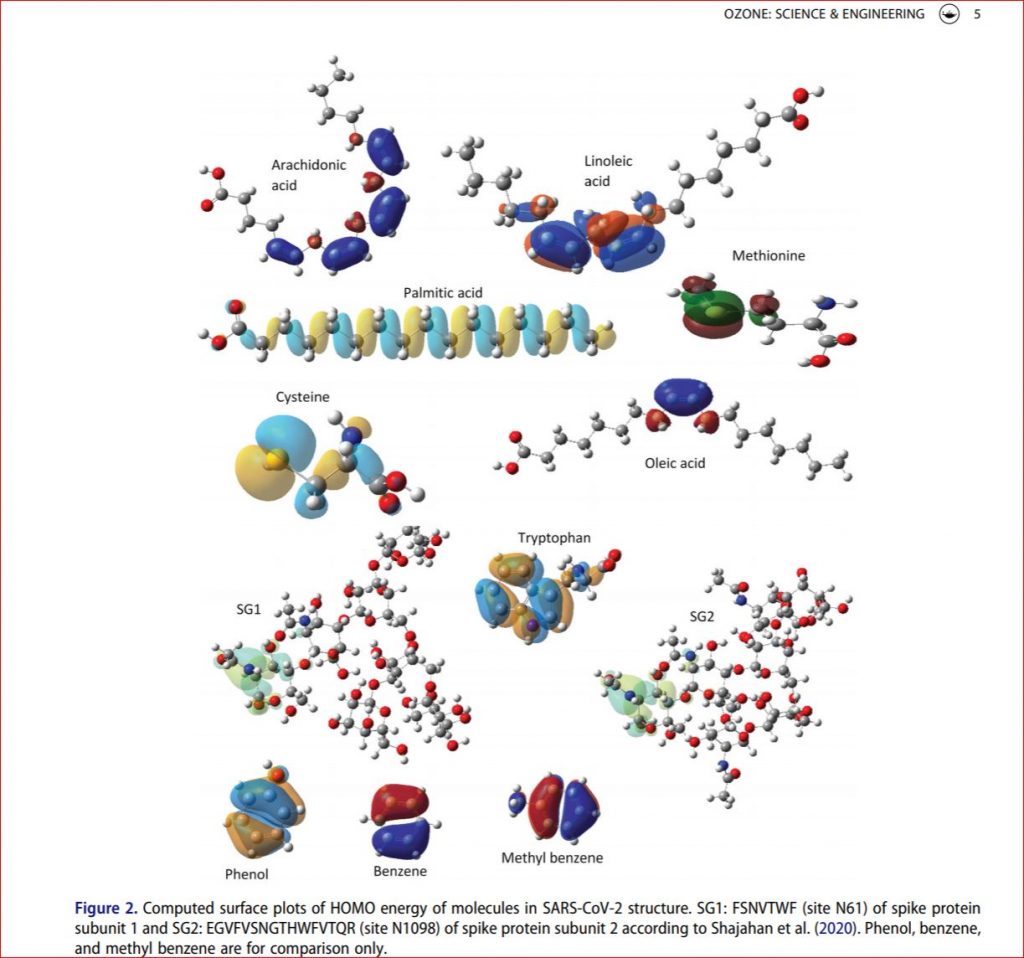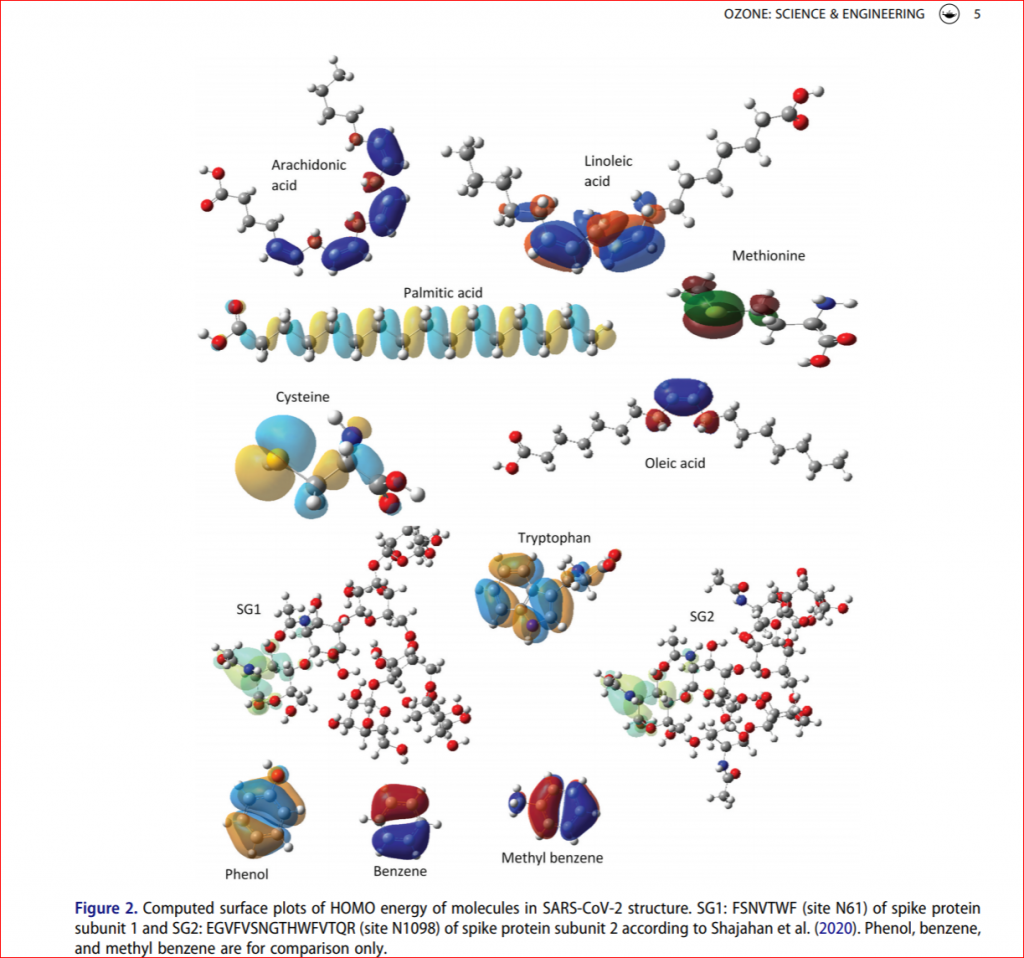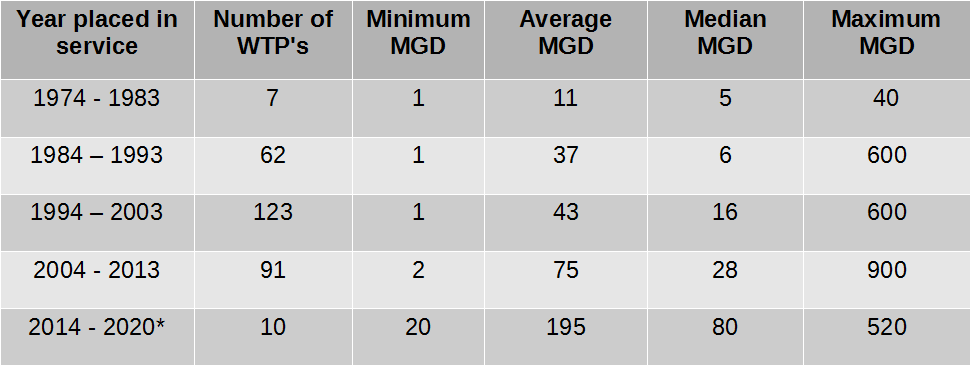
Given the mountain of evidence that ozone is a quick and effective destroyer of viruses and bacteria, why is there so much hesitation to champion ozone as a key weapon against the spread of Covid 19? The EPA has a list of 478 different products and 30 active ingredients that officially kill the Covid virus, but ozone is nowhere to be found in the list. The closest thing to ozone that is on the list is hydrogen peroxide. Have all these products actually been applied to the virus and proven to destroy or inactivate it? How can you tell if a virus is dead or inactive? Given what we are gradually learning about the virus, how it spreads, and how it infects our bodies, how effective are these disinfectants in preventing infection?
Dr. Chedly Tizaoui, a professor of chemical engineering at Swansee University has taken a rather novel approach in an attempt to answer some of these questions. Instead of conducting statistical analysis of thousands of people or trying to count dead viruses after applying a particular disinfectant, Dr. Tizaoui has applied molecular modeling to evaluate the effect of ozone on the molecular structures the virus. He shares his results in the International Ozone Association research journal “Ozone: Science and Engineering” https://www.tandfonline.com/doi/pdf/10.1080/01919512.2020.1795614?needAccess=true
Molecular modeling is an especially useful tool for studying viruses because viruses are so small they can’t be seen with a standard light microscope. Their shape and structures are defined on a molecular level, so understanding the types of molecules making up their structure allows us to make an accurate model. The model not only evaluates the shape and function of corona virus anatomy, but it also evaluates the bonds holding these molecules together. Understanding the relationships between these molecules and how they function together to make the Corona Virus so sucessful provides important insight in the weaknesses and vulnerabilities of the virus.
We may not yet know all the complex interactions of the virus with people, or exactly how the virus infects, but we do have a pretty clear understanding of the molecular structure of the virus. It is also clear that the unique shape and structure of the molecular structures on the outer shell play a key role in the success of the virus. Molecular modeling is a tool that helps us see how this structure is altered when a molecule like ozone comes into contact with it.
Ozone is like a molecular hand grenade in the virus world and has the power to change the shape of the virus’s “arms” and disable them. Various kinds of molecules behave and react in predictable ways making it possible to use molecular modeling to study what happens when something like ozone molecules interacts with the structures on a virus.
Ozone is an exciting molecule to model because it packs a lot of energy. The molecule is very sensitive and quick to unload its energy on nearby molecules. It has a very positive 100 year track record for effectively destroying viruses and bacteria. The water treatment industry has grown to appreciate the value of ozone for destroying pathogens in water. The food industry is also learning how to harness its power for sanitation and shelf life extension. Ozone has also been used extensively in medical treatment, but faces an uphill battle against the pharmaceutical and chemical industries.
After applying the science of molecular modeling to Corona Virus anatomy and ozone, Dr. Tizaoui concludes, “The results show that ozone is able to attack the proteins and lipids of the virus’s spikes and envelope, particularly the amino acids tryptophan, methionine and cysteine, and the fatty acids,varachidonic acid, linoleic acid, and oleic acid. Ozone also attacks the N-glycopeptides of the spike protein subunits 1 and 2, though at lower reactivity. Disruption of the structure of SARS-CoV-2 could inactivate the virus, suggesting that ozone could be an effective oxidant against COVID-19 virus.”
Thank you, Dr. Tizaoui, for sharing this research. Now it’s our job to safely get the ozone where it needs to be to do its work.


